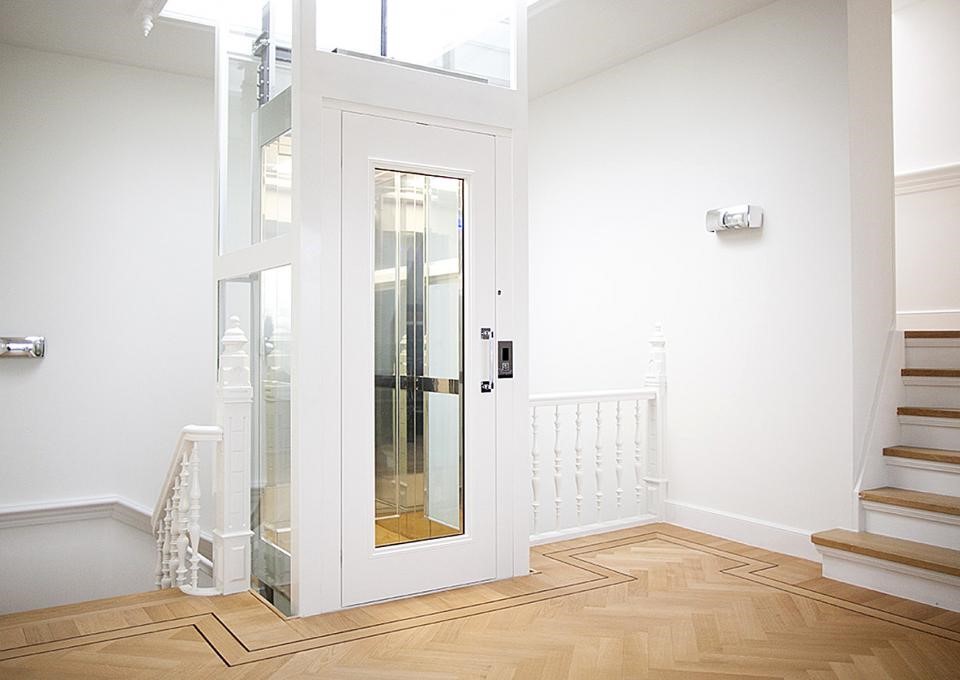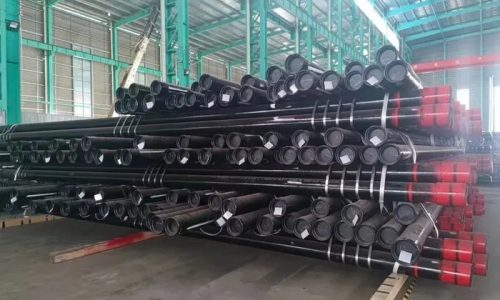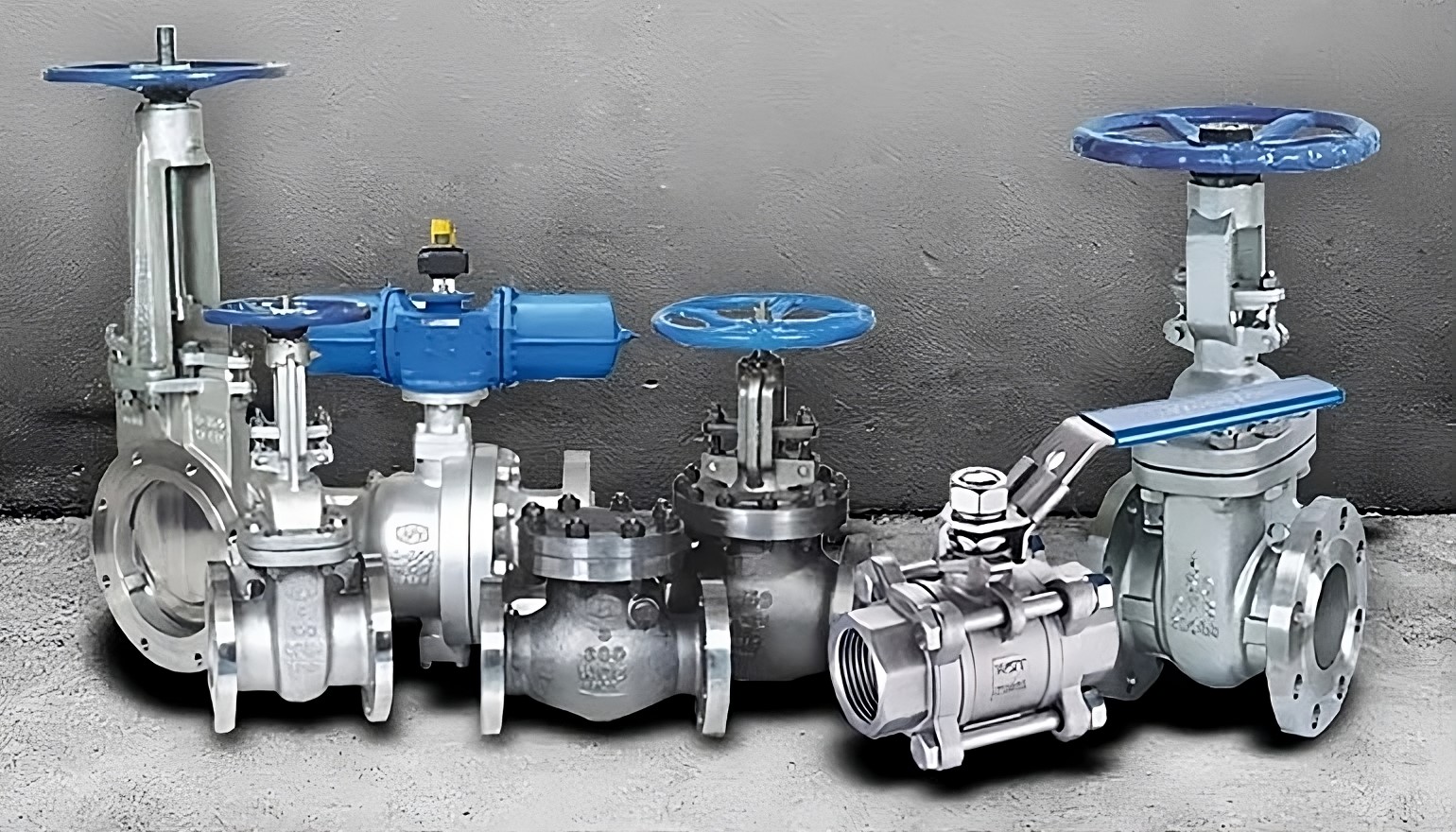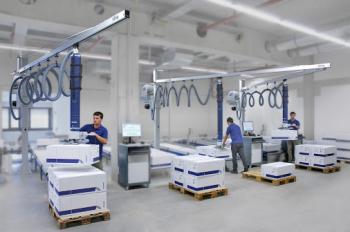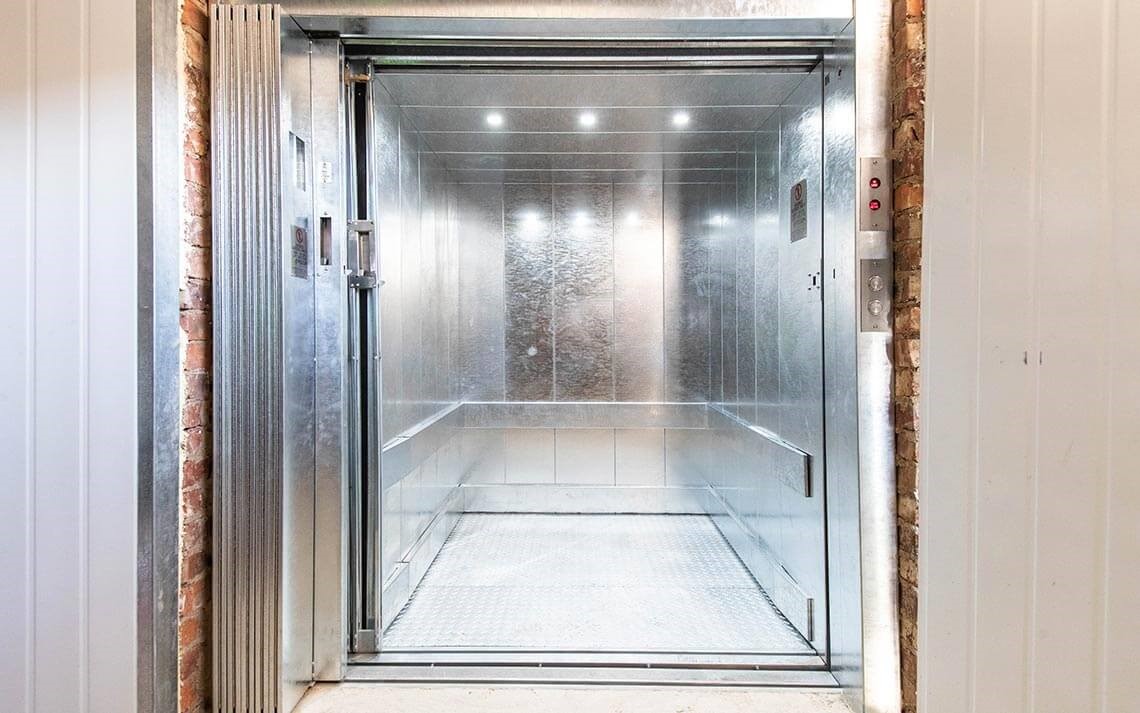Today, accessibility has moved from a mere consideration to a cornerstone of modern home design. Residential lifts are transforming homes, making multi-level living accessible for everyone, from young families to elderly residents, and those with mobility challenges. Once considered a luxury, these lifts are now becoming a practical addition in homes across the globe, offering freedom and ease.
Understanding Accessibility and Why It Matters
When we talk about accessibility, we’re looking at a design approach that allows anyone, regardless of age or mobility, to enjoy full access to all areas of a home. Stairs can pose a real barrier, not only for the elderly but also for anyone with a physical limitation, even if temporary. A residential lift removes this barrier and makes the entire home usable, turning what might have been an inaccessible room or floor into a welcoming, livable space.
For an elderly resident who has lived in the same home for decades, a lift can provide continued independence without having to consider relocating. They can enjoy their familiar home environment without compromising their ability to move between floors freely. And, unlike stairlifts, residential lifts offer a solution that doesn’t limit the home’s aesthetic or comfort, seamlessly integrating with modern design.
Shaping an Inclusive Future with Accessible Design
Architects and homeowners alike are increasingly looking at homes through a lens of inclusivity. By planning for the future, homeowners can create homes that accommodate aging-in-place and offer comfort for years to come. A residential lift is an investment that not only allows for greater freedom of movement now but also prepares a home for the future.
This is especially relevant in multi-story residential buildings, where lifts allow people with different mobility levels to move between floors comfortably. Imagine a young family on the third floor of a building without a lift—they might struggle with carrying a stroller, groceries, and other items. Or consider a person with a temporary injury who finds stairs challenging. In these situations, lifts make everyday life more manageable and allow for flexibility, fostering a sense of community and belonging for everyone.
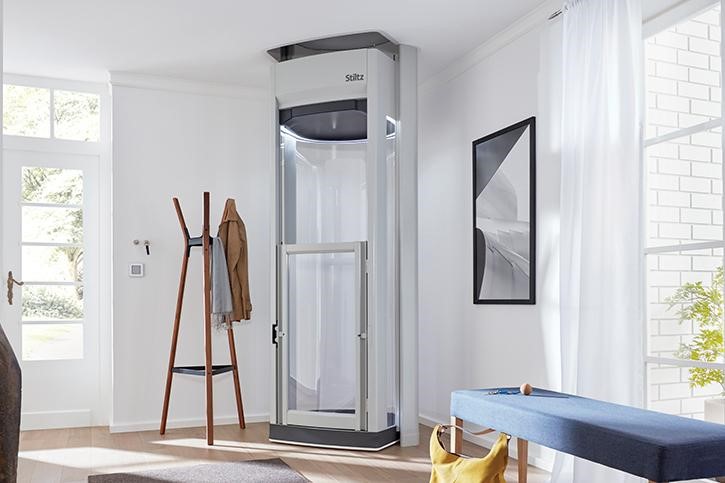
Lifts Go Beyond Convenience: They Add Safety and Comfort
Residential lifts don’t just add convenience; they add a layer of safety. For older adults, navigating stairs poses a high risk of falls, which are among the leading causes of injury for this demographic. By installing a lift, homeowners mitigate these risks, providing a safe and secure way to move between floors. Families with young children also benefit from this feature, as it becomes safer to carry items—like groceries, a baby stroller, or even a sleeping child—without the worry of maneuvering stairs.
What’s more, modern residential lifts are designed with aesthetics in mind. Unlike traditional bulky designs, today’s lifts are sleek, stylish, and can be customized to blend with the home’s decor. From minimalist glass finishes to more luxurious, wood-panelled cabins, residential lifts can add a touch of elegance to a home’s design. The variety of options allows lifts to become a natural part of a home’s look and feel rather than an intrusive necessity.
Environmental Impact and Sustainable Options
As homeowners become more eco-conscious, sustainable building materials and energy-efficient options have become high priorities. Residential lifts have evolved to meet these needs, with many modern models featuring energy-saving capabilities that reduce their overall carbon footprint. Some lifts are now equipped with regenerative drives, which capture and reuse energy generated during descent. This minimizes power usage, making these lifts a greener choice.
For the environmentally conscious, opting for a sustainable lift aligns with their lifestyle values, reducing energy consumption without sacrificing the ease and accessibility of a multi-story home. These features also help to lower electricity bills, so while the initial investment may be high, the long-term benefits—financially and environmentally—make it a worthwhile decision.
Real-World Examples of Accessibility in Action
Residential lifts offer solutions to accessibility issues across a variety of real-life scenarios, enhancing the lives of different users in unique ways:
- For Elderly Residents: Many older adults wish to stay in their longtime homes rather than moving to single-level residences or assisted living facilities. A lift allows them to continue enjoying their full home without limitations, preserving their independence and freedom to move between floors.
- Families with Young Children: Families with young children can use lifts to carry strollers, diaper bags, and groceries upstairs without struggling on staircases. This practical convenience means they’re less likely to experience accidents while balancing kids and household items.
- Injury Recovery and Temporary Accessibility Needs: Whether recovering from surgery or dealing with an injury, anyone can benefit from the accessibility a lift provides. For someone recovering from a knee surgery, for instance, being able to move through their multi-level home comfortably without stress on their injury makes a significant difference.
Choosing the Right Lift for Your Home
Not all lifts are created equal, and selecting the right one for your home depends on your needs, home design, and budget. Here are a few considerations when choosing a residential lift:
- Size and Capacity: Consider how much space you need. Some lifts are compact, fitting two people, while others are larger, allowing enough room for a wheelchair or walker. Choosing a size that meets your family’s needs ensures both comfort and functionality.
- Design Compatibility: Aesthetic appeal is essential. Modern residential lifts offer a range of finishes and cabin designs, so you can pick one that complements your home’s style. Glass lifts, for example, work well in homes with open layouts, while wood-panelled options fit traditional interiors.
- Energy Efficiency: Choosing a model with regenerative drives or other energy-saving features can help reduce both environmental impact and utility costs. Researching the energy efficiency of your options will lead to a more sustainable choice.
- Technology and Features: Many lifts now come with smart features like touchpad controls, app-based operation, and energy-saving modes. These high-tech options add convenience and give you more control over the lift’s operation.
The Investment Value of Residential Lifts
While the initial cost of installing a residential lift may seem high, it’s an investment in long-term value. As demand for accessible homes grows, a lift can increase a home’s resale value and make it more appealing to potential buyers, particularly those looking for future-proofed residences. This investment doesn’t just make the home accessible—it adds a feature that modern buyers are actively seeking.
Conclusion: Residential Lifts as Modern Necessities
Residential lifts represent a fundamental shift in how we approach accessible and inclusive design. They offer independence, safety, and comfort to all residents, whether young or old, mobile or mobility-impaired. They’re more than just a luxury; they’re an essential element in creating homes that adapt to the unique needs of each person who lives in them.
From adding ease to everyday tasks to providing peace of mind for those with mobility challenges, residential lifts are transforming homes across the world. And as technology advances, we’re only going to see more accessible, energy-efficient, and stylish lift options that redefine our idea of what a truly inclusive home can be.

